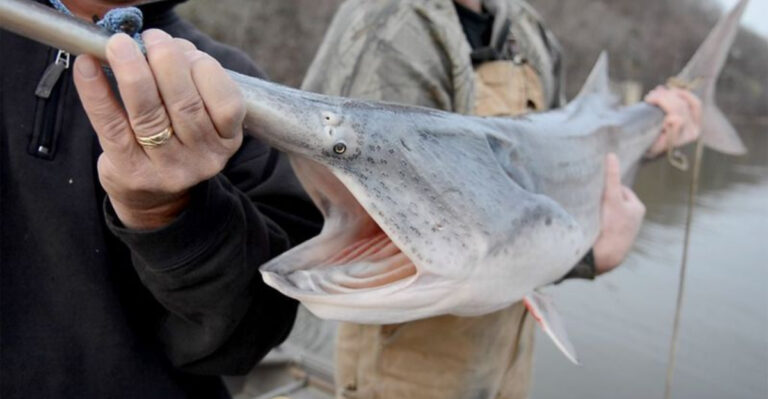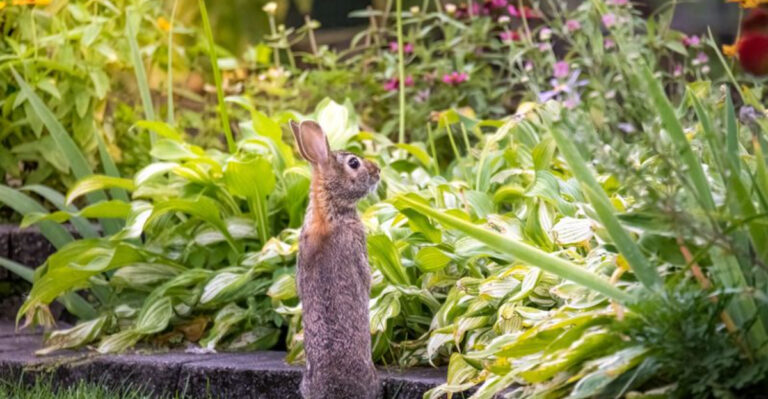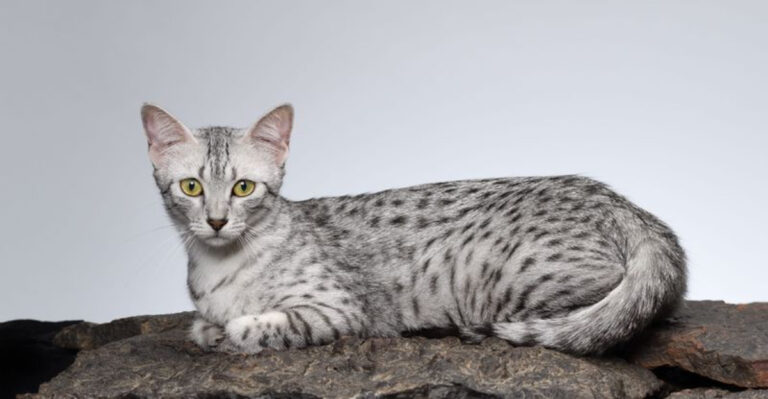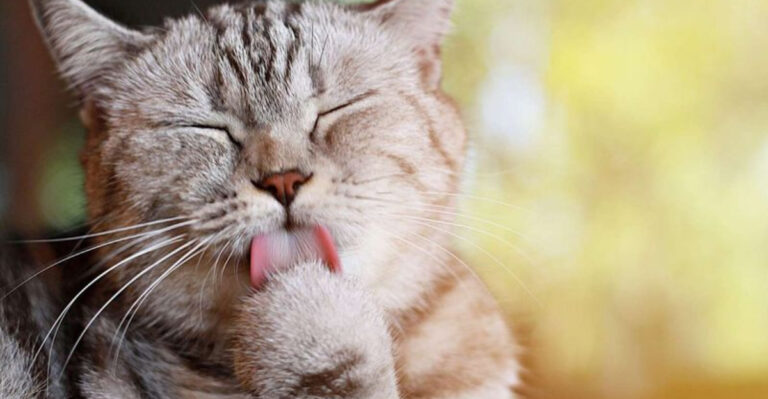21 Fascinating Creatures That Almost Never Sleep
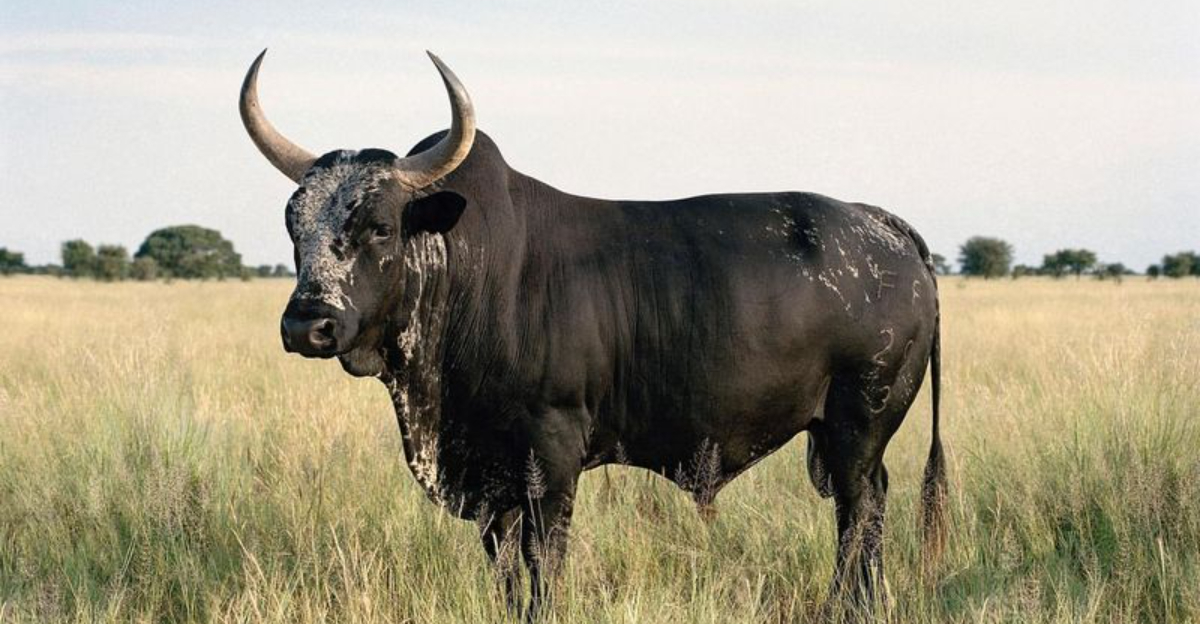
Sleep is often considered an essential part of life for most creatures, but there are fascinating exceptions in the animal kingdom.
These animals defy the norm by never truly sleeping. From the deep sea to the highest skies, these creatures have adapted unique ways to rest without shutting down completely.
1. Seals
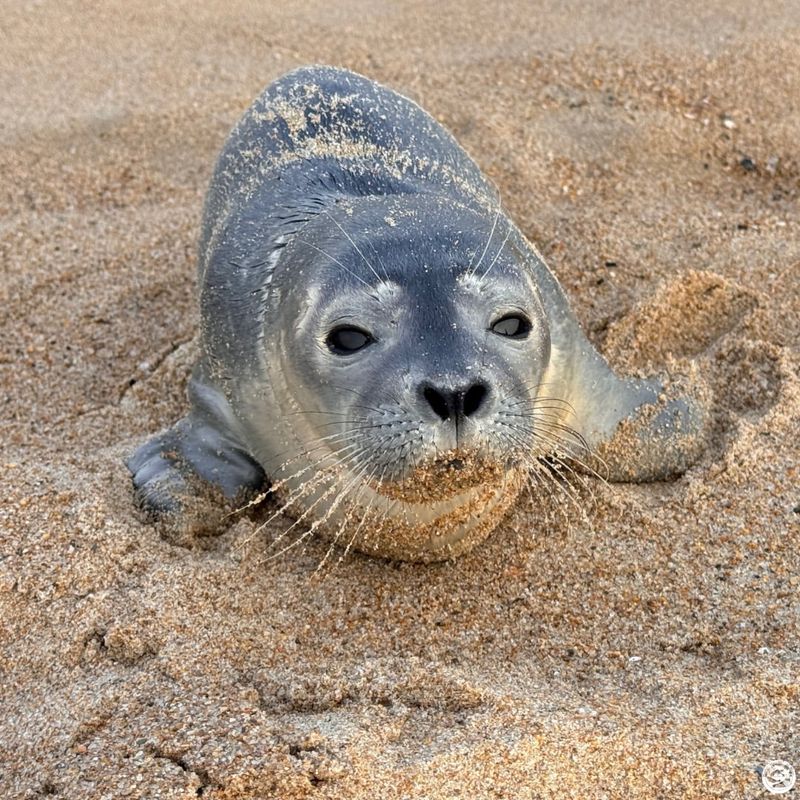
Seals are known for their ability to sleep in short bursts throughout the day and night, with some species resting for only a few minutes at a time.
Unlike many animals, some seals, such as the Weddell Seal, can sleep while swimming, using half of their brain at a time to remain alert for predators and maintain basic body functions. This ability to sleep in intervals allows them to adapt to their environment without ever fully shutting down.
2. Jellyfish
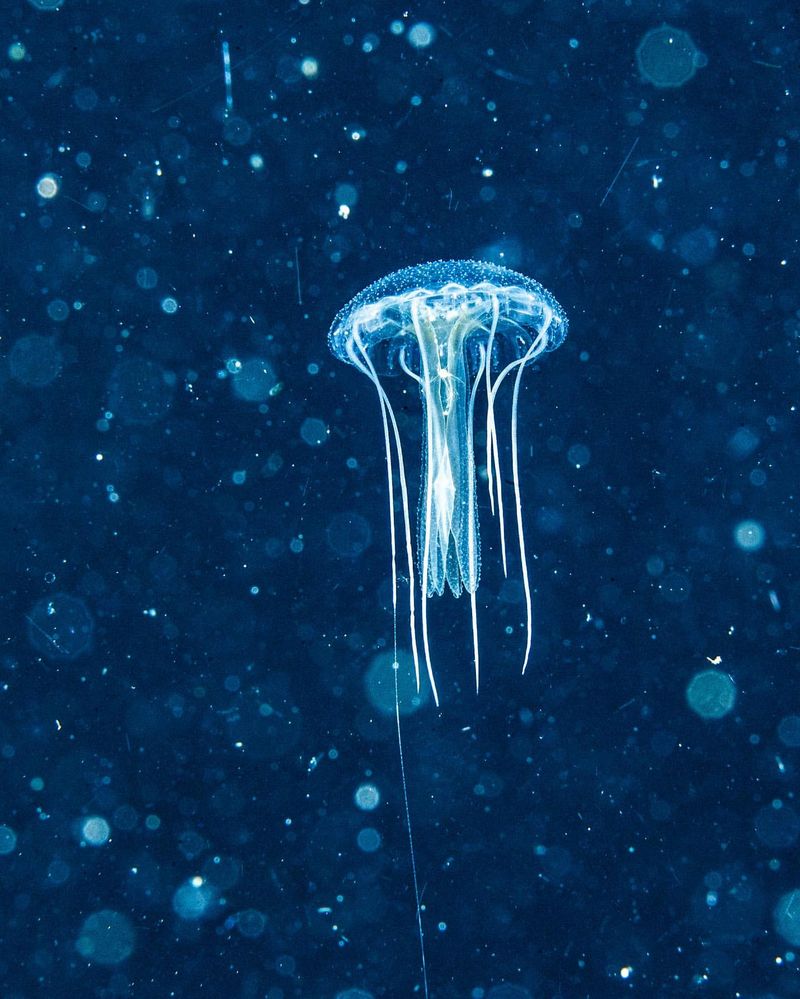
Jellyfish are among the oldest living creatures on Earth, and some species are capable of living without sleep. These simple organisms do not have brains but rely on a decentralized nervous system, which allows them to continue their rhythmic movements throughout the day and night.
While jellyfish don’t technically “sleep,” they do experience periods of rest where their activity slows down, and their metabolism lowers, conserving energy.
3. Bullfrogs
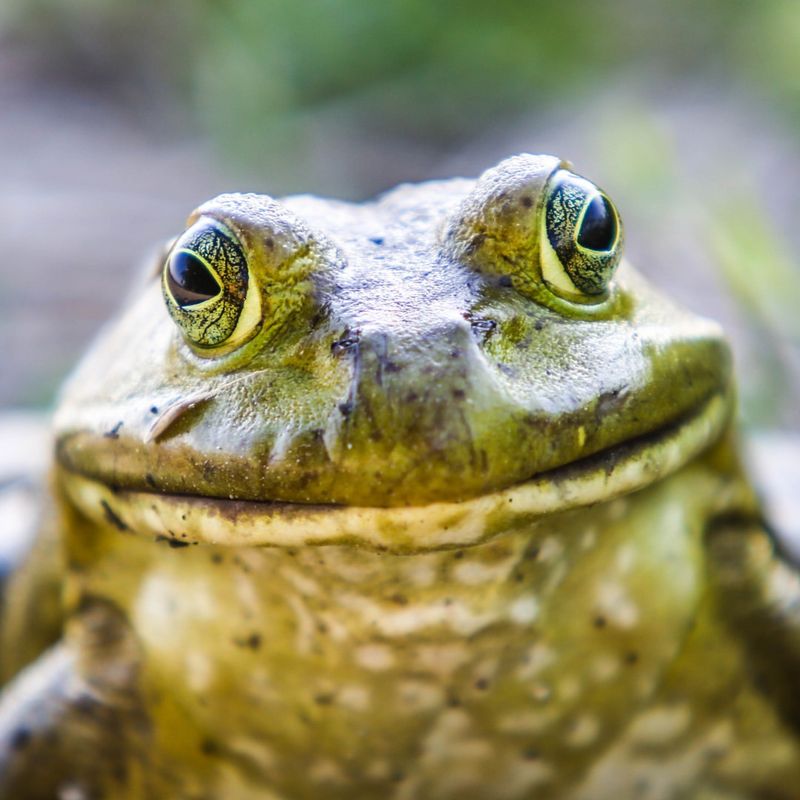
Bullfrogs are unique in that they have been shown to be able to survive without sleep for extended periods. Researchers have found that they can remain awake for days and even weeks without suffering the typical consequences of sleep deprivation that other animals would experience.
While they do eventually need rest, bullfrogs are well-adapted to stay alert for longer durations, especially during breeding seasons or when threatened by predators.
4. Sharks
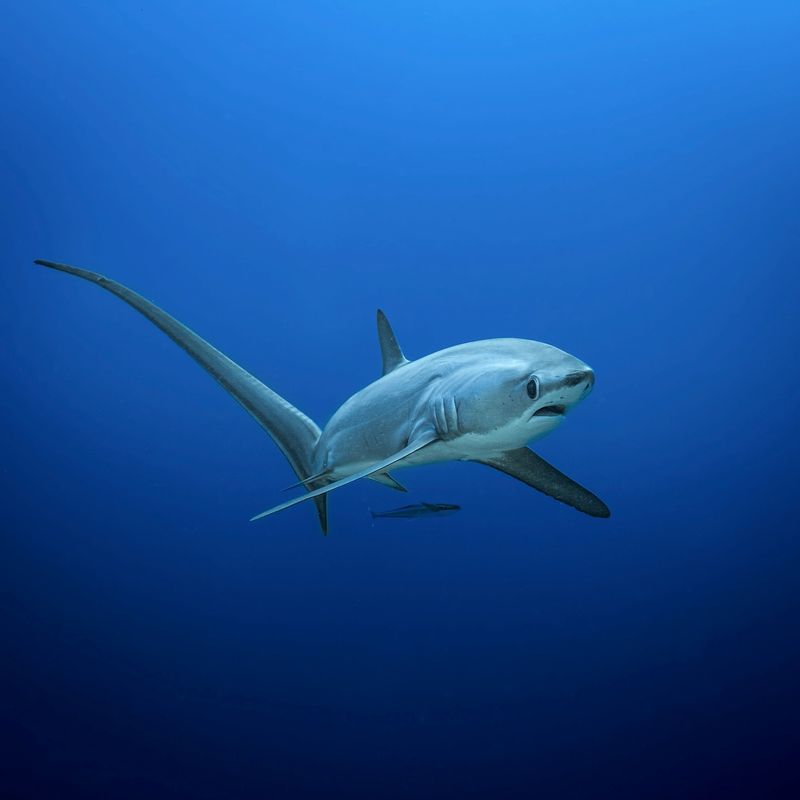
Some shark species, particularly those that migrate over long distances, must keep moving even while resting, as they rely on constant motion to breathe. While sharks do need sleep, they do not rest the same way most other animals do.
They engage in a form of “resting” while continuing to swim slowly, which allows them to meet their oxygen needs and avoid sinking.
5. Dolphins
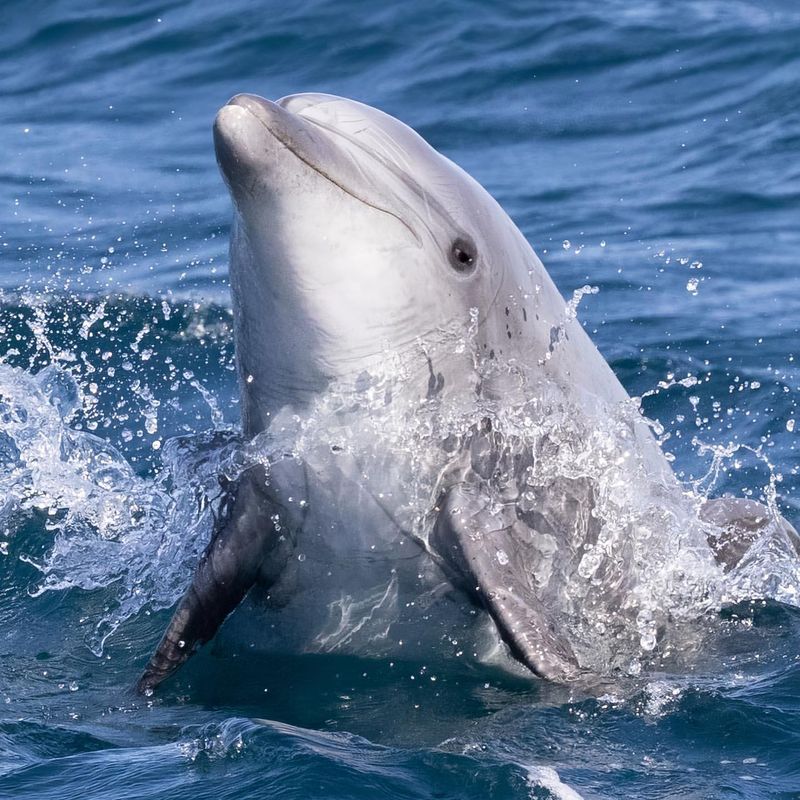
Dolphins are known for their remarkable ability to sleep with one hemisphere of their brain at a time. This ability, called unihemispheric slow-wave sleep, allows them to remain active and aware of their surroundings while still resting.
This adaptation is particularly important for maintaining social interactions, avoiding predators, and coming to the surface for air.
6. Certain Fish
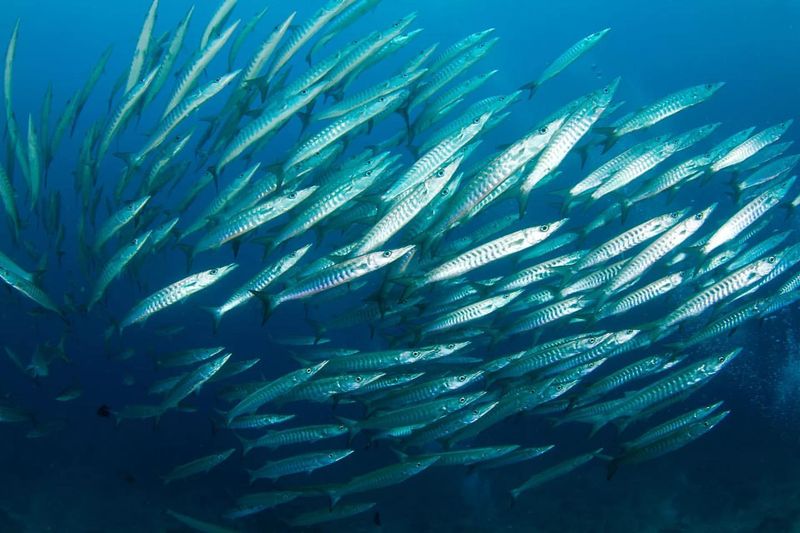
Some fish species are capable of surviving without sleep, especially those that migrate long distances. Fish like certain species of tuna and swordfish have been observed to keep moving continuously.
Like sharks, these fish have evolved to rely on slow, continuous movement to meet their oxygen needs, and they rest in short bursts without entering a deep sleep state.
7. Orcas
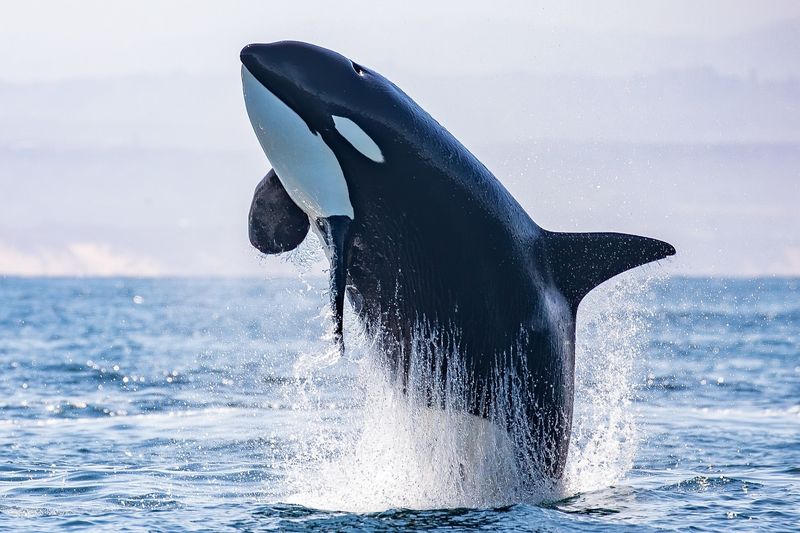
Similar to dolphins, killer whales, or orcas, also exhibit unihemispheric slow-wave sleep, allowing one hemisphere of their brain to rest while the other remains alert.
This method of sleeping ensures that killer whales can continue swimming and hunting while still getting necessary rest. Their social nature also requires that they stay alert for communication and coordination with their pods.
8. Giant Bullfrogs
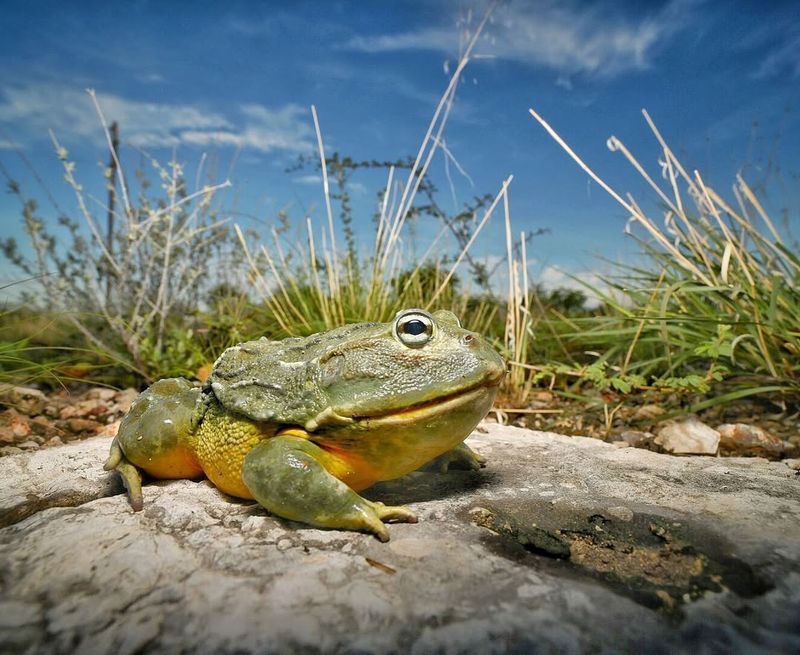
Much like the smaller bullfrog, the giant bullfrog can survive without long periods of sleep. These amphibians can remain active for long periods without showing signs of fatigue, making them resilient in their often harsh environments.
Their ability to endure without needing sleep for extended periods is a survival mechanism, especially during times of drought or scarcity.
9. Spiny Anteater (Echidna)
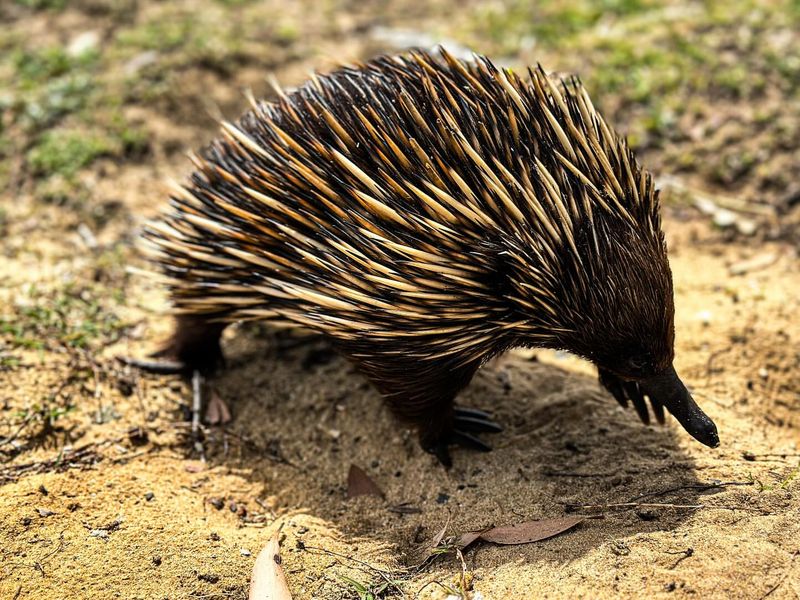
Echidnas, also known as spiny anteaters, are creatures that engage in very little sleep, especially during their active periods. Unlike many mammals, these creatures are often on the move for long stretches, searching for food and burrowing.
They are known to reduce their energy expenditure by staying in hibernation-like states during cooler months but are far less reliant on sleep than other mammals.
10. Certain Insects (e.g., Ants And Bees)
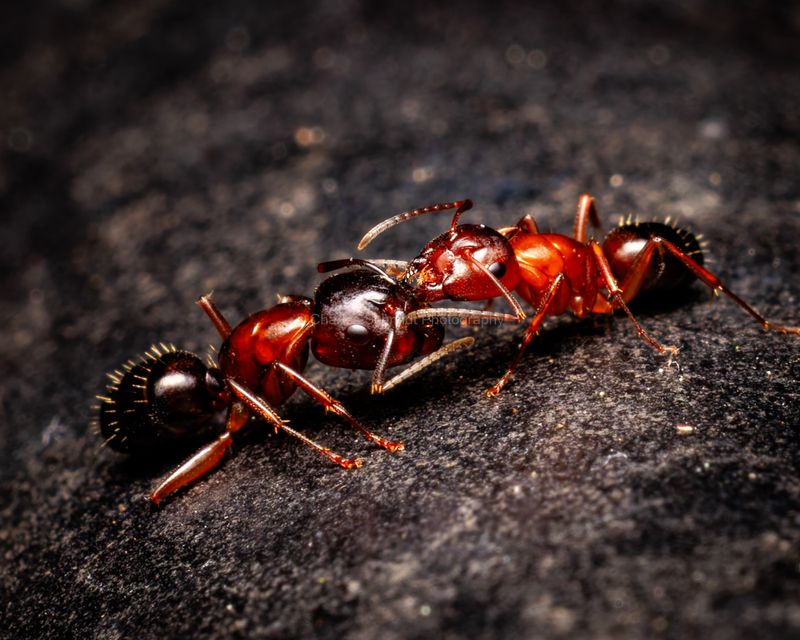
Some insect species, such as ants and bees, exhibit patterns of activity that make them appear as if they never sleep. While these insects do have rest periods, their “sleep” cycles are brief and more intermittent compared to mammals.
For instance, ants may take short naps while continuing their collective work within the colony, and bees only rest briefly during flight or while foraging.
11. Some Birds (e.g., Swifts)
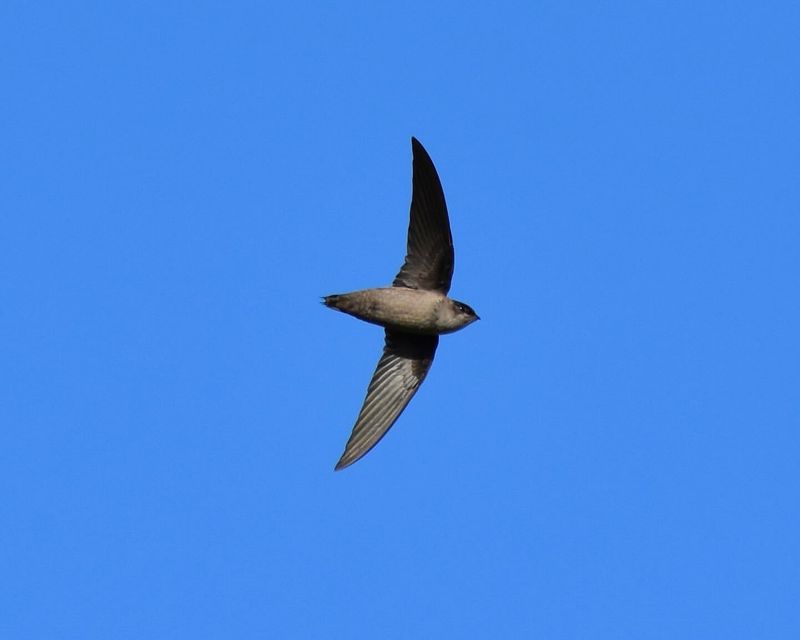
Birds like the swift are known for their ability to sleep in flight, a trait that allows them to stay airborne while resting. These birds have evolved to take short naps while gliding, using wind currents to conserve energy.
Unlike most birds, swifts can spend months in flight during migration, resting in brief intervals rather than sleeping for extended periods on the ground.
12. Horses
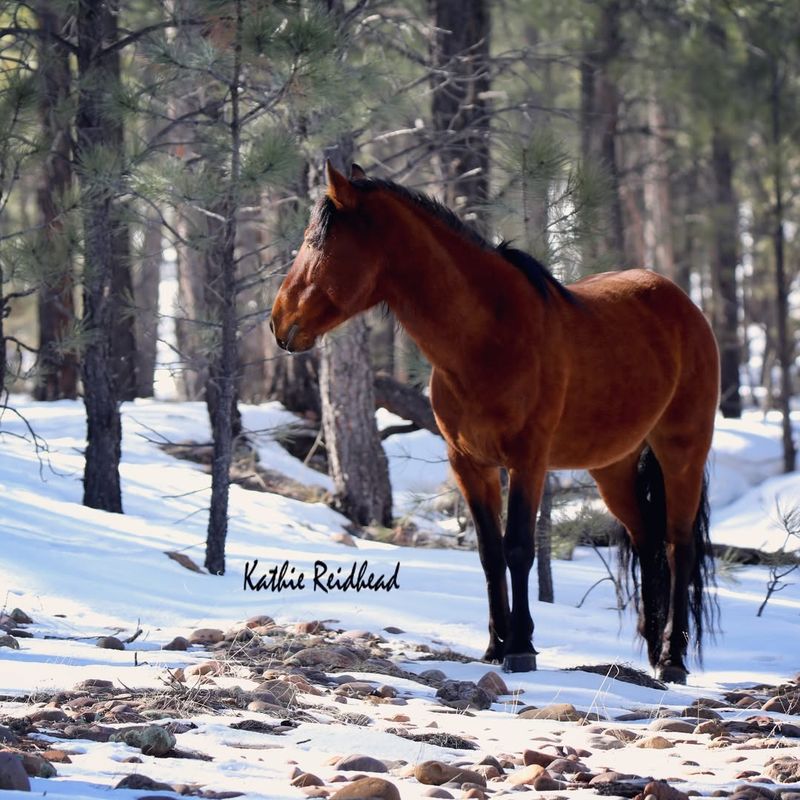
Horses are known to sleep lightly and only for brief periods. While they do need rest, they tend to sleep standing up, using a specialized system of tendons and muscles to lock their legs in place.
This allows them to remain alert for potential predators, especially in the wild. Horses also have short bursts of deep sleep but only for about 20-30 minutes per day.
13. Giraffes
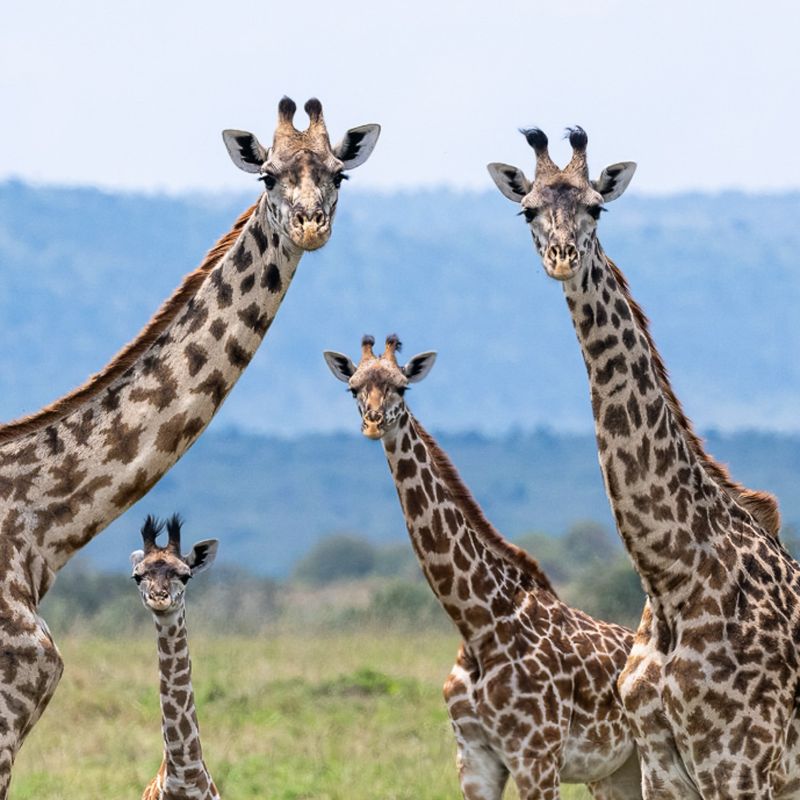
Giraffes, the tallest land animals, have incredibly short sleep cycles. In the wild, they sleep for only 4 to 5 hours a day, and this sleep is often done in brief intervals.
Giraffes tend to sleep while lying down but can also remain standing if they feel the need to stay alert. Their ability to sleep lightly allows them to remain aware of potential threats.
14. Elephants
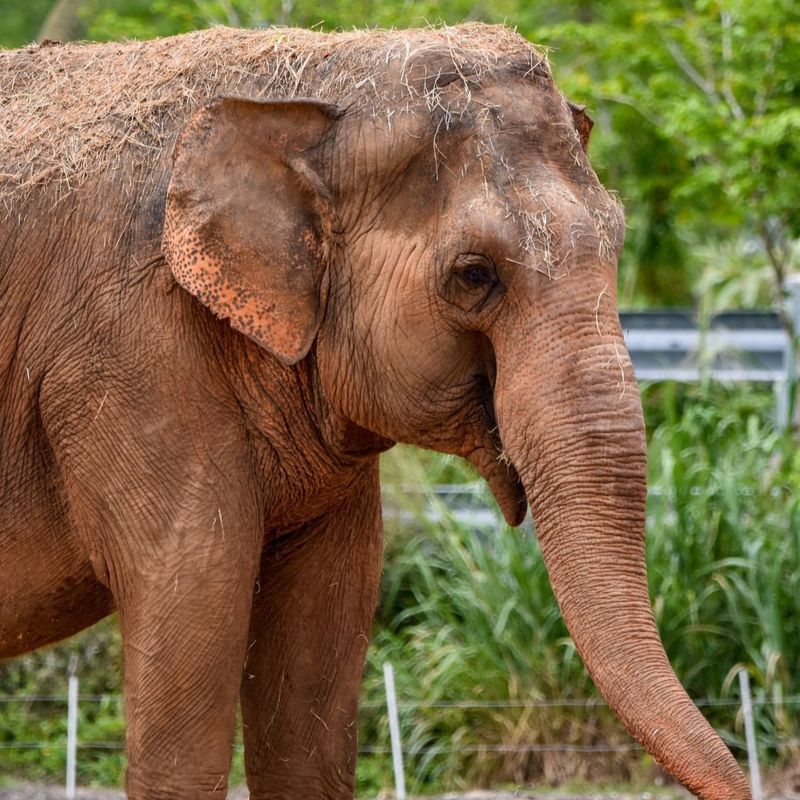
Elephants are one of the animals that require very little sleep, typically sleeping between 3 and 4 hours each night.
They often sleep standing up, although they occasionally lie down to take short naps. Due to their large size and constant need for food, elephants prefer to spend much of their time foraging and moving rather than resting.
15. Bulls
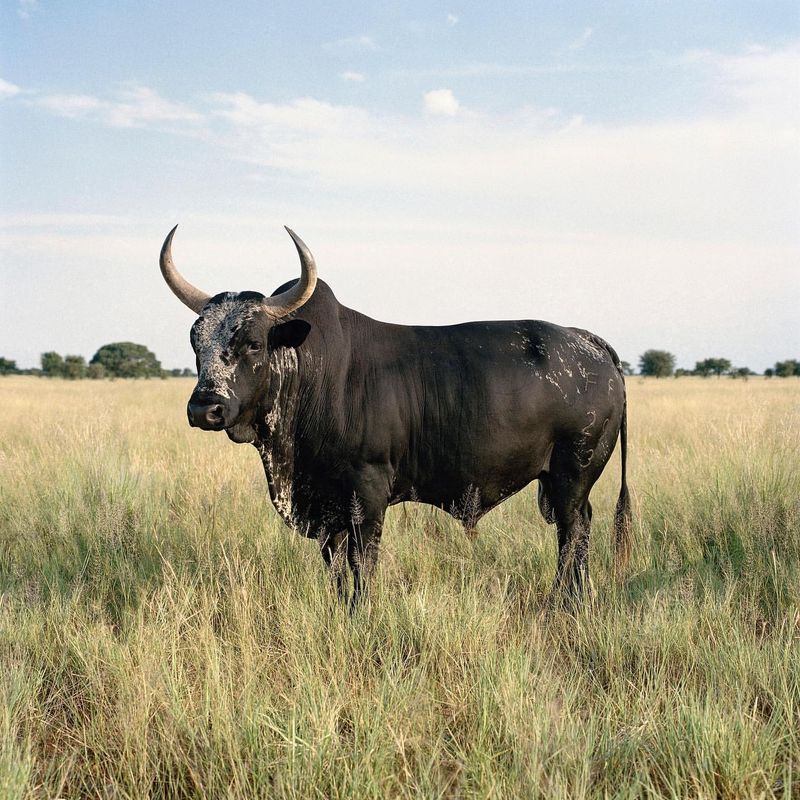
Bulls, much like other cattle, have shorter sleep cycles compared to humans. They tend to rest intermittently throughout the day, with periods of light sleep while standing or lying down.
Bulls do not need as much sleep as some other mammals, spending more of their time grazing and socializing within their herds.
16. Antarctic Icefish
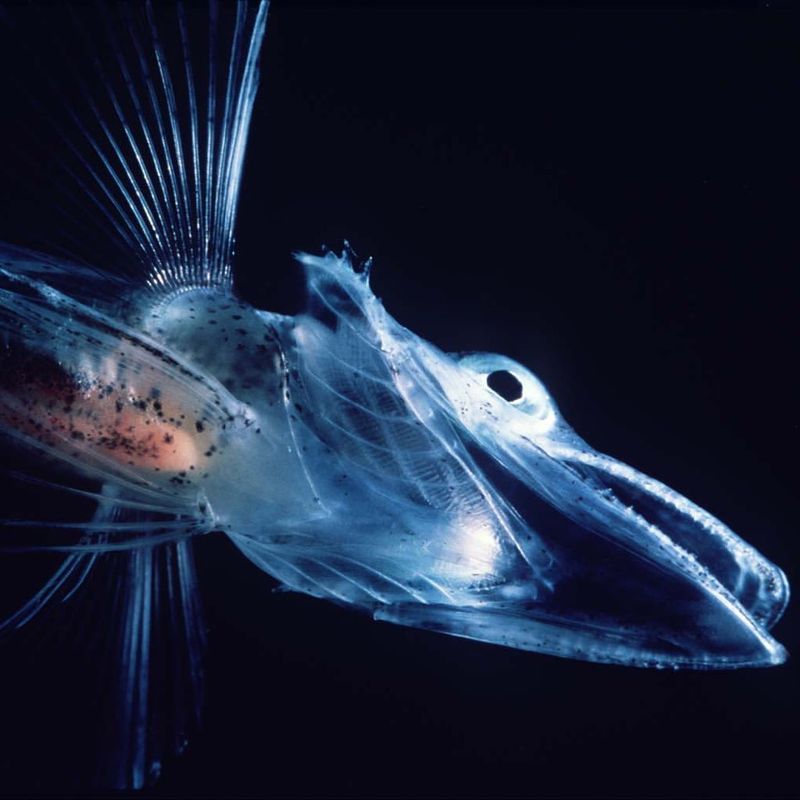
The Antarctic Icefish, a unique species native to the frigid waters of Antarctica, doesn’t seem to sleep in the traditional sense. Instead of undergoing long periods of rest, this fish maintains an active lifestyle in the ice-cold environment.
Their ability to survive in such extreme conditions is due to their adaptation to the icy waters, where the need for sleep is minimized due to their low metabolic rate.
17. Certain Amphibians (e.g., Wood Frogs)
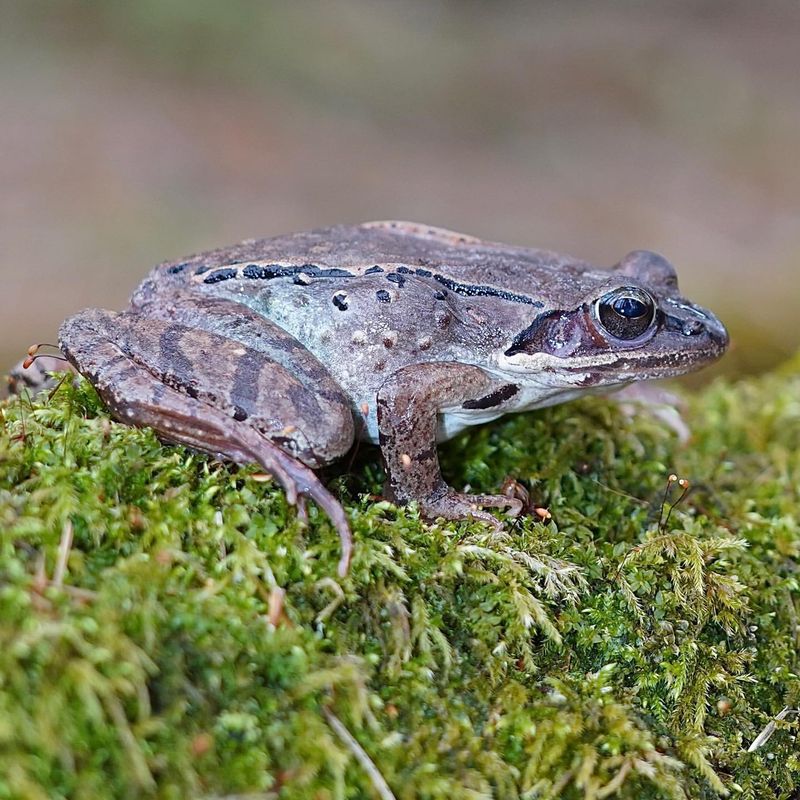
Wood frogs are capable of surviving freezing temperatures and can enter a state of dormancy, essentially stopping all activity, including sleep, for months during the winter.
While they don’t sleep in the traditional sense, they undergo a remarkable hibernation process that allows them to survive under layers of ice and snow. During this time, their bodies essentially “pause” all metabolic processes, resuming only when the temperature warms.
18. Mantis Shrimp
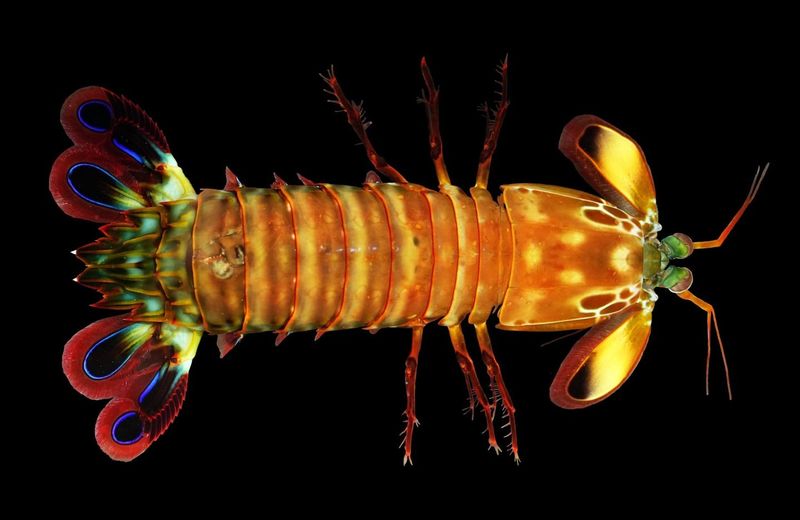
The mantis shrimp is a fascinating marine crustacean known for its powerful claws, which it uses to strike prey with incredible speed. Unlike many animals that rely on long sleep periods, mantis shrimp are active hunters that don’t need extensive rest.
They engage in bursts of activity and can go for extended periods without sleep, making them one of the most energetic and unique creatures in the ocean.
19. Bats (Certain Species)
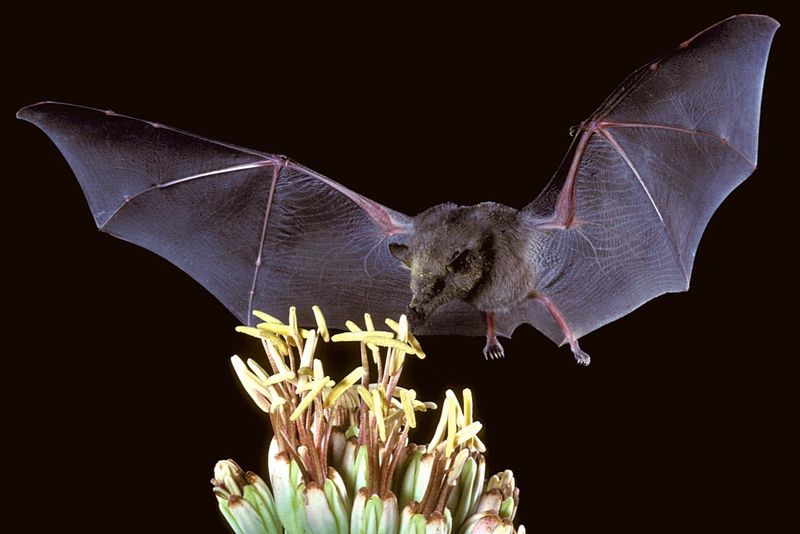
Certain species of bats are known to sleep for long periods, especially during the day, but some can go without sleep for brief intervals during active periods. They often sleep hanging upside down in roosts, only waking to hunt or forage at night.
These bats have adapted to a nocturnal lifestyle, and their sleep patterns are designed to support their nighttime activities, allowing them to be alert when searching for food.
20. Sea Turtles

Sea turtles are known to spend long periods of time in the open ocean, sometimes going months without resting fully.
These magnificent reptiles have evolved to rest intermittently, often while floating at the ocean’s surface, allowing them to breathe and stay vigilant. While they do rest during long migrations or when nesting, their sleep is brief and adapted to their aquatic life.
21. Crocodiles
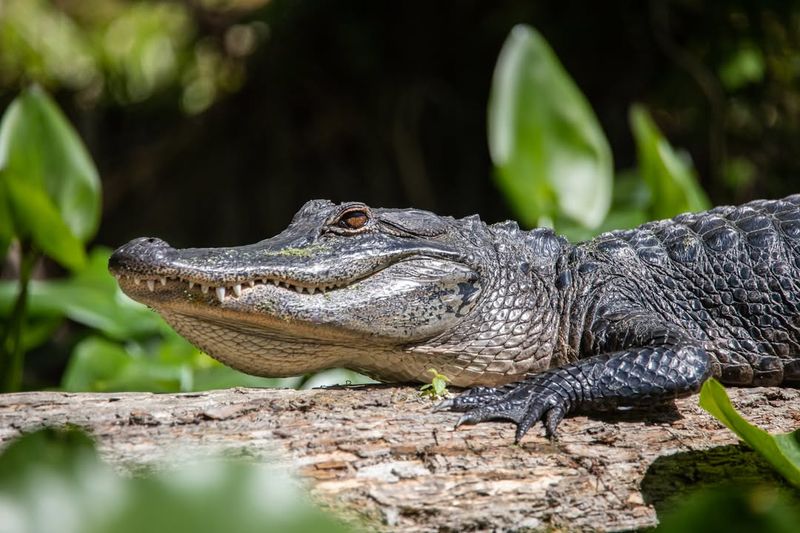
Crocodiles are known for their ability to remain still for long periods, seemingly in a state of rest, while still being alert to their surroundings. Although they do sleep, their sleep is usually short and spread out over the day and night.
Their eyes and ears remain active during these rest periods, ensuring they are always aware of potential threats. Crocodiles can spend many hours lying in the sun, conserving energy before becoming active hunters once more.

